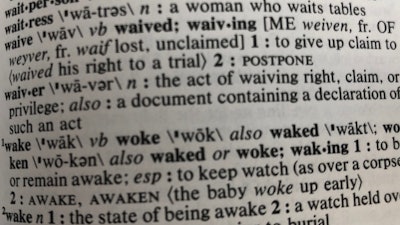
Lien waivers are routinely exchanged on construction projects. Even so, construction contractors should know the basics of lien waivers or risk financial loss.
What is a lien waiver?
In simple terms, a lien waiver is like a receipt for payment, but with a little more involved. Lien rights are legal rights guaranteeing payment. A lien waiver is a legal document saying the signer gives up the right to file a mechanics lien — essentially giving up their right to get paid.
Benefits of a lien waiver
So why send a lien waiver? Lien waivers are mutually beneficial for the payer and the payee.
Lien waivers benefit the party making payment by ensuring they don’t have to pay twice — once when they make payment and again if a mechanics lien is filed.
Lien waivers benefit the party receiving payment by speeding up the payment process.
Types of lien waivers
There are two categories of lien waivers: conditional waivers and unconditional waivers. Conditional waivers are conditioned upon something (typically the receipt of payment) whereas unconditional waivers go into effect as soon as they are signed, regardless of whether payment has actually been received.
Within each of these two categories, there are two subcategories: waivers on final payment and waivers on progress payment. A waiver on final payment is used if the entire contract value is being paid at one time or when the payment in question is final payment being made for a project.
Progress payment waivers (sometimes known as partial progress waivers) are used when more payments are to come in the future; for example, if a contractor is being paid in monthly installments.
Best practices
Here are three last tips for construction lien waivers:
- It is best practice to always exchange conditional waivers which protect both the payer and payee.
- Use the correct lien waiver forms. Know what your state requires for lien waivers.
- Read lien waivers carefully to make sure you aren’t signing away more than lien rights.
Want to learn more? Scott Wolfe Jr. of zlien, takes a more in-depth dive into construction lien waivers in the article “What Do You Need to Know About Construction Lien Waivers?”
Additional Resources:
3 Dangers of Lien Waivers for Subcontractors
Conditional vs. Unconditional Construction Lien Waivers
5 Tips for Requesting, Collecting and Tracking Lien Waivers


















